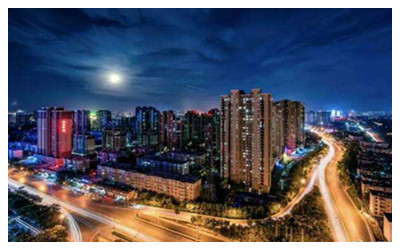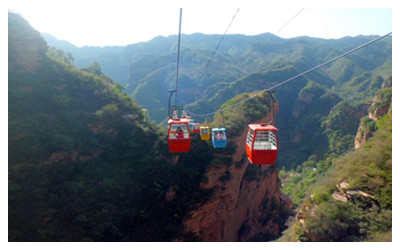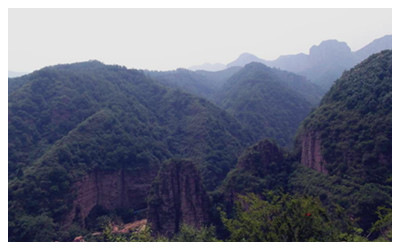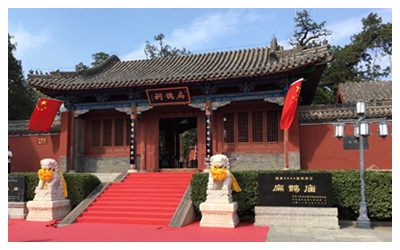Skype: neodalle-travel
Tel: +86 135 7447 2266
E-mail: sales@zhangjiajieholiday.com
 Seated in the southern part of Hebei Province, the city of Xingtai borders Shangdong Province in the east with Taihang Mountains rising in the west. It is 108 kilometers (67 miles) south of Shijiagzhuang City and 396 kilometers (246 miles) away from Beijing.
Seated in the southern part of Hebei Province, the city of Xingtai borders Shangdong Province in the east with Taihang Mountains rising in the west. It is 108 kilometers (67 miles) south of Shijiagzhuang City and 396 kilometers (246 miles) away from Beijing.History of Xingtai
Historically, Xingtai has borne many names. As a fiefdom of Zhao Kingdom in early Warring States Period (476BC-221BC), it was called Xiangguo. During Sui (581-618) and Tang (618-907) dynasties, it was named Longgang, and then got the name of Xingtai in the year of 112 in Song Dynasty (960-1279). In addition, it is the site where one of the seven famous kilns in Tang Dynasty, Xing Kiln, is seated having a brilliant history of white porcelain making.
What to see in Xingtai?
Located at the convergence of Taihang Mountains and North China Plain, Xingtai city slopes from the west to the east. Its main topography is plain occupying more than half of the city area. It has reserves of black metal and other minerals. Here lists top atrractions in Xingtai.
 |
 |
 |
| Xingtai Grand Canyon | Tianhe Mountain | Bian Que Temple |
When to visit Xingtai?
Enjoying a warm-temperate monsoon climate, Xingtai is dry and usually windy in spring. In summer, it is rainy and damp and the weather is cool and stable in autumn. Like in all the cities in northern China, people will spend a dry and cold winter with less rain and snow. And there is probably slight pollution. The hottest and coldest months are respectively July and January with average temperature of 26°C (78.8°F) and -3°C (26.6°F).
Visitors often choose to visit there in autumn not only for the favorable weather but also for the local well known chestnuts.
How to reach Xingtai?
Visitors can have a five and a half hours ride from Beijing to Xingtai. There are also buses running every 30 minutes from Shijiazhuang and Jinan.
Tourists can also take a train to Xingtai Railway Station or Xingtai East Railway Station from Beijing, Tianjin, Shijiazhuang, Guangzhou, Shanghai and other cities.
Xingtai Travel Tips
Local Highlights: Yangge Songs: a kind of folk song with dance originating from the Rice-sprout songs while doing farm work.
Meihuaquan: Plum Blossom Fist, a kind of martial art that especially famous for its Meihuazhuang (quincuncial piles)
Special Local Products: medlar, Chuanzhihong apricot, honeysuckle flower, sesame candy, cashmere of Qinghe County
Useful Numbers:
Tourist Complaint: 0319-5212007
Weather Forecast: 121
Zip Code Inquiry: 184
 Ask Questions ?
Ask Questions ?